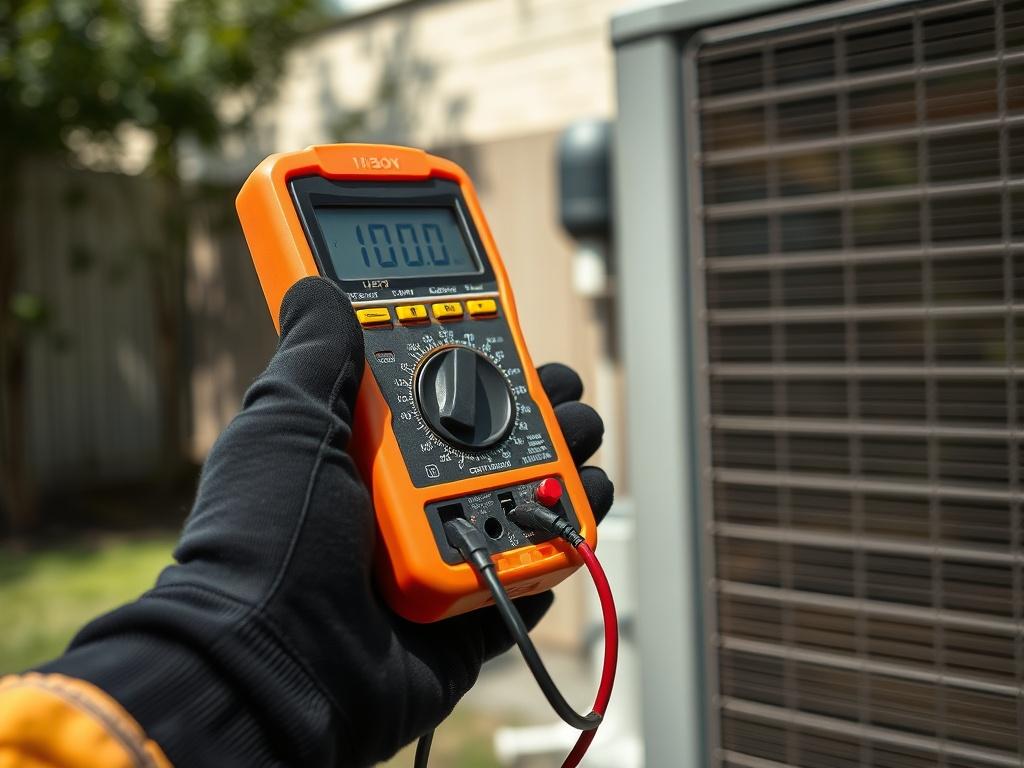
In the world of HVAC diagnostics, misdiagnoses can lead to unnecessary repairs and increased costs for homeowners. Understanding common pitfalls is essential for technicians aiming to provide effective solutions. This blog post highlights real-life field failure examples that emphasize the importance of thorough troubleshooting and proper diagnostics. By analyzing three specific cases from Spring, TX, The Woodlands, and Conroe, TX, we’ll shed light on the missteps that can occur and the valuable lessons learned from each situation.
Each example showcases a different aspect of HVAC diagnostics, from misreading voltage signals to tracing the path of control signals. Homeowners and technicians alike will gain insights into the critical steps necessary to identify the root of issues effectively. By learning from these real diagnostics, you can avoid costly repairs and ensure your HVAC system remains in optimal condition. Join us as we explore these examples and discover the importance of diligent and accurate troubleshooting in HVAC maintenance and repair.
Example 1: Understanding the Bad Capacitor Misdiagnosis
In Spring, TX, a homeowner faced a frustrating situation when their air conditioning system stopped cooling. A previous technician had quickly replaced the capacitor and declared the job done, yet the system still failed to operate. This experience serves as a textbook example of how a hasty diagnosis can lead to unnecessary repairs. The real culprit wasn't the capacitor at all, but rather a low voltage wire that had rubbed through where the thermostat wire exited the liquid line insulation. This unfortunate wiring issue resulted in the Y wire being shorted to the copper, cutting off power to the system.
The lesson learned here is invaluable for HVAC technicians and homeowners alike: if you encounter a blown fuse, prioritize finding the short rather than immediately replacing parts. This case highlights the importance of thorough troubleshooting and diagnostics, as a simple oversight can lead to wasted time and money. By taking the time to investigate the root cause of the problem, technicians can avoid repeating such misdiagnoses and ensure effective repairs. Always remember, a careful approach prevents unnecessary costs and ensures that your HVAC system gets back to working order efficiently.
The danger of misreading 24V at the contactor
During a service call in The Woodlands, a technician quickly assessed an outdoor unit that had stopped running. Testing the contactor revealed 24V at its terminals, leading the technician to assume the component was faulty. He declared the contactor bad without further investigation. This decision not only wasted time but also potentially wasted money for the homeowner.
The real issue was much simpler: there was no common connection to the outdoor unit. The 24V reading indicated induction rather than functional voltage, misleading the technician. By jump-starting the common wire from the air handler to the condenser temporarily, the outdoor unit engaged immediately, confirming that the contactor was not at fault. This scenario underscores the importance of verifying common continuity before condemning control components; thorough diagnostics can save both time and unnecessary expense.
Diagnosing the classic open Y path in Conroe, TX
During a recent service call in Conroe, TX, a homeowner faced a frustrating situation: the thermostat was calling for cooling, the blower was operational, but the condenser unit remained silent. This scenario is a classic indication of an open Y path, a situation where the signal from the thermostat fails to reach the condenser unit. Upon investigation, the technician discovered that a float switch had tripped due to a clogged drain, preventing the system from engaging the condenser. The trip of the float switch acted as a safety mechanism, shutting down the unit to avoid potential water damage—a common and often overlooked issue.
Understanding the dynamics of the Y path is essential for technicians. In this case, it took just three minutes to diagnose the root cause of the problem. The technician chased the Y signal from the thermostat through the furnace and found that while the Y signal was present at the furnace, it was lost where the float switch activated. This quick diagnostic approach highlights a vital lesson for HVAC professionals: always follow the Y path when troubleshooting connectivity issues. Every. Single. Time. Failing to do so can lead to unnecessary part replacements and increased downtime for the homeowner, emphasizing the importance of thorough diagnostics.
Expo Heating & Cooling provides expert AC installation and repair in Spring, TX and surrounding areas including The Woodlands, Conroe, Tomball, Cypress, Magnolia, and Houston. From same-day AC repairs to full system replacements with Carrier, Trane, and more — we deliver fast, honest, and professional HVAC service. We offer free estimates, $0 diagnostic with repair, and 0% financing on new installs. Call now to schedule service with a local team you can trust